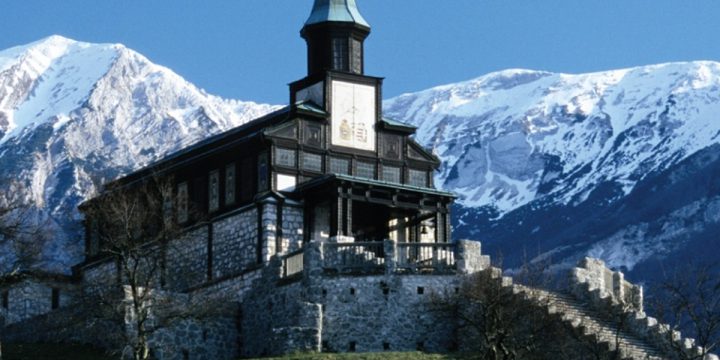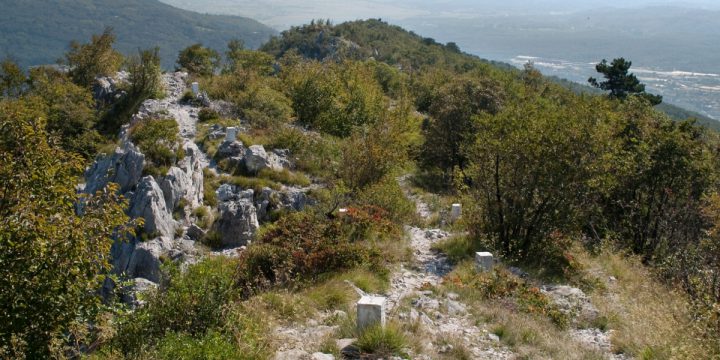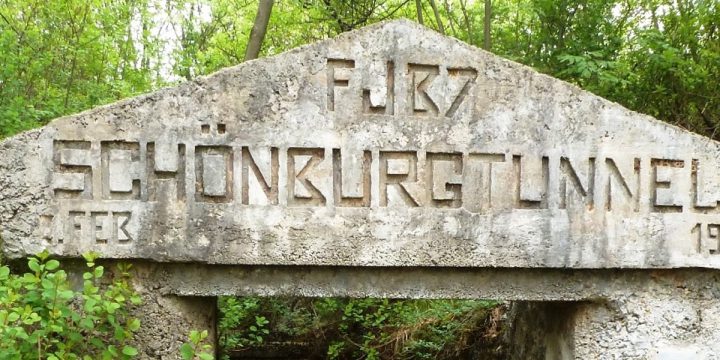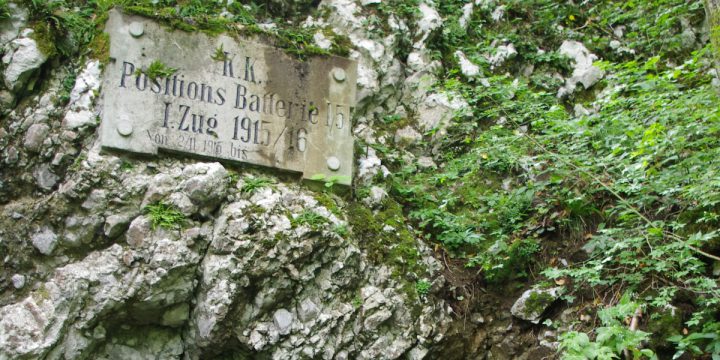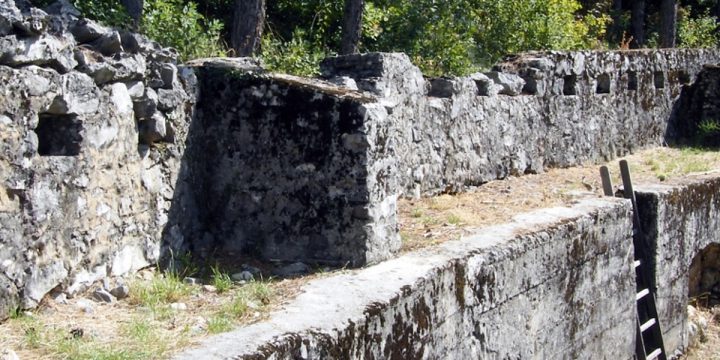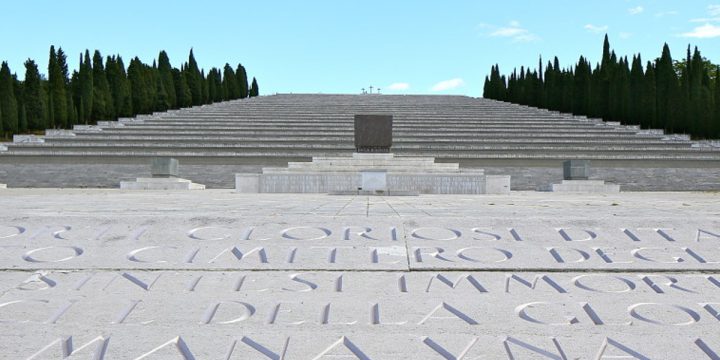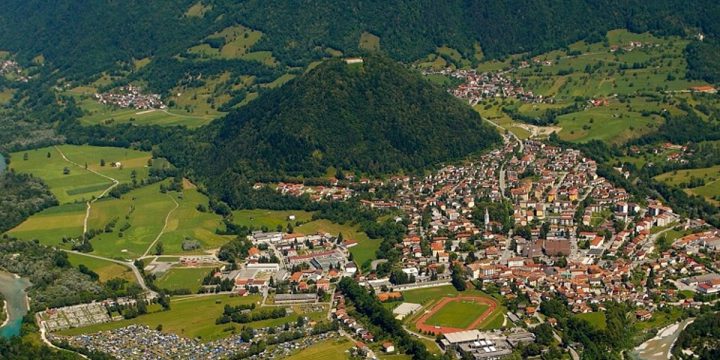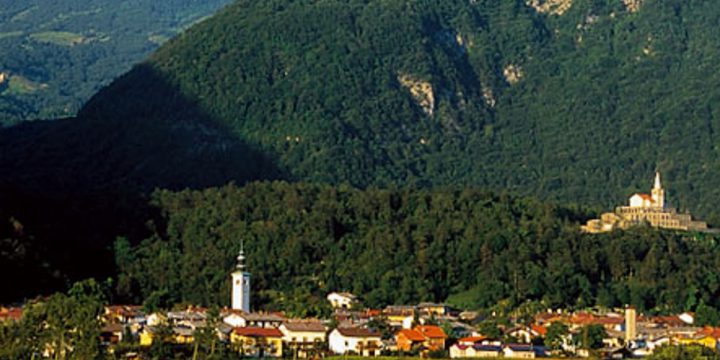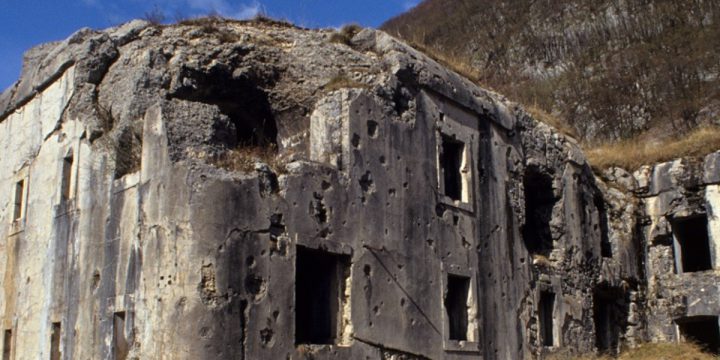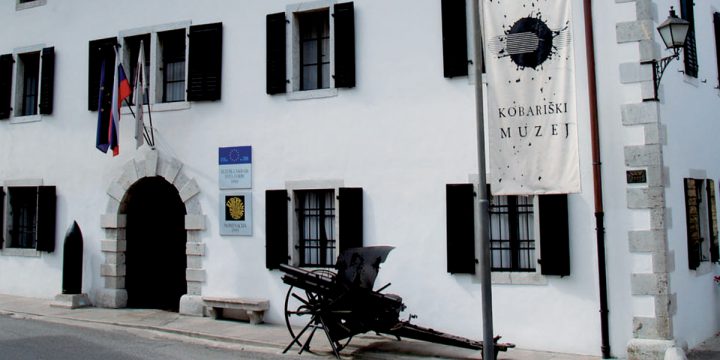
Kobarid Museum
The Kobarid Museum The Kobarid Museum developed from a museum collection which was set up by the locals with professional assistance of Goriški muzej in 1990. It first operated within the frame of the Tourist Society of Kobarid. Five years later, in agreement with the Ministry of Culture of the Republic of Slovenia, the founders transferred the management to a non-profit company of limited liability which still manages the Museum. In the year 2011, the Kobarid Museum was put in the official register of Slovenian museums. It was awarded for its activities the highest Slovenian award in the museum sphere – the Valvasor Prize. It was nominated for the European Museum of the Year Award (EMYA) and was awarded the Council of Europe Museum Prize. Many notable persons have…

